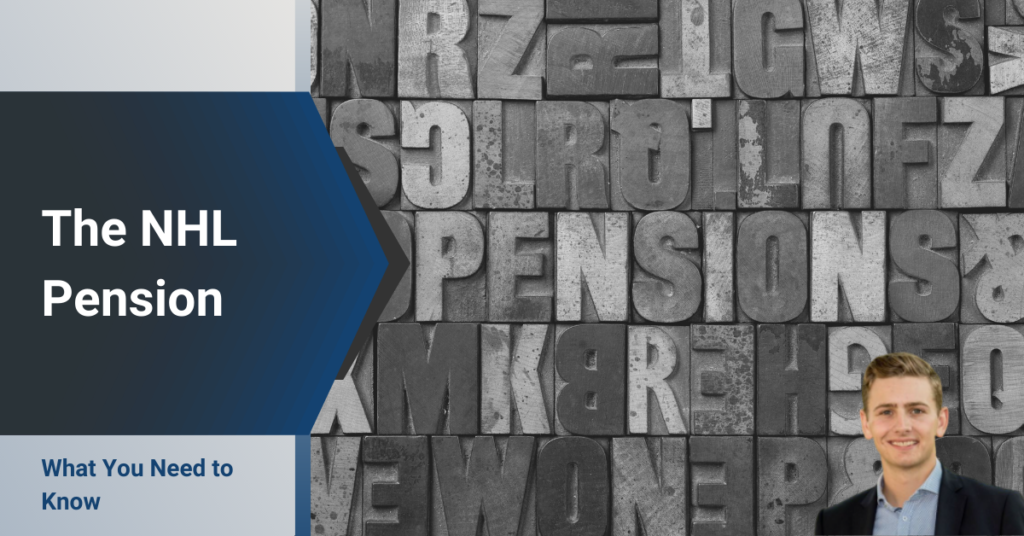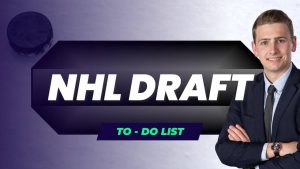[vc_row][vc_column][vc_column_text]
The NHL Pension – What you need to know
If you play in the NHL, you’ll be enrolled in the league’s pension plan, as outlined in the Collective Bargaining Agreement (CBA). Unless you’ve had several cups of coffee and enjoy reading legal jargon, the CBA can be a pretty tough read. So, here’s a simplified version of what the NHL pension plan provides players.
Eligibility
You become eligible for the pension plan once you’ve skated in your first NHL game, or if you’re a goalie, once you’ve dressed as either a backup or a starter in your first NHL game. Once you become eligible, you’ll receive a game-played for pension purposes for any regular-season game that you’re on the Active Roster, Injured Reserve List, Injured Non-Roster, or have been designated Non-Roster.
Simplified:
- You’re enrolled in the plan once you’ve played your first game.
- Afterward, if you’re on an NHL team and the team plays a game, whether or not you’re injured, you’ll receive a credited game for pension purposes.
NHL Service
What you receive in the form of a pension depends on your NHL service – how many years/games you earn.
- Full Service: You’ve been in the league for ten years and have received 82 games per season for pension purposes. If you reach this threshold, you will receive the maximum pension benefit, currently $255,000 per year.
- Partial Service: You’ve spent time with the big club, but also in the minors. If you haven’t reached the 10-year full-service threshold when you retire, you’ll still receive a pension, but it will be reduced based on how many games you’re rewarded per season. Here’s an example taken from the CBA:
[/vc_column_text][vc_single_image image=”4800″ img_size=”full” alignment=”center” css=”.vc_custom_1616506293378{padding-top: 20px !important;padding-bottom: 20px !important;}”][vc_column_text]
In this example, the player did not meet the full-service requirements because they spent some time in minors early on in their career, and therefore did not receive 82 games-played for pension purposes in those seasons. They’ll receive a reduced pension of $197,625 per year. This reduced pension amount will vary, depending on each players’ career length and games earned.
Retirement
The “Normal Retirement Date” is the first of the month following a players’ 62nd birthday. This means that, in order to receive your full pension, you must be 62 years old. You have the option to take your pension as early as the 1st of the month following your 45th birthday; however, your pension will be reduced accordingly.
For Players who competed before 2013, see my article on the changes that were made here: NHL Pension Prior to 2013
Summary
The NHL pension is quite good and will provide players who have long careers with steady cash flow later in life. However, consider a couple of potential problems:
- You retire at 30. Will you have enough cash/income to last until you can start receiving your pension at 45?
- You’ve gotten used to your multi-million-dollar income. Will $255,000 be enough to cover your expensive lifestyle?
My job is to help players organize this part of their career, allowing them to focus on the important part, which is playing the game and producing. I encourage you to give me a call or book a meeting if you think you need help in this regard.
Sources: https://www.nhlpa.com/the-pa/cba
[/vc_column_text][/vc_column][/vc_row]






